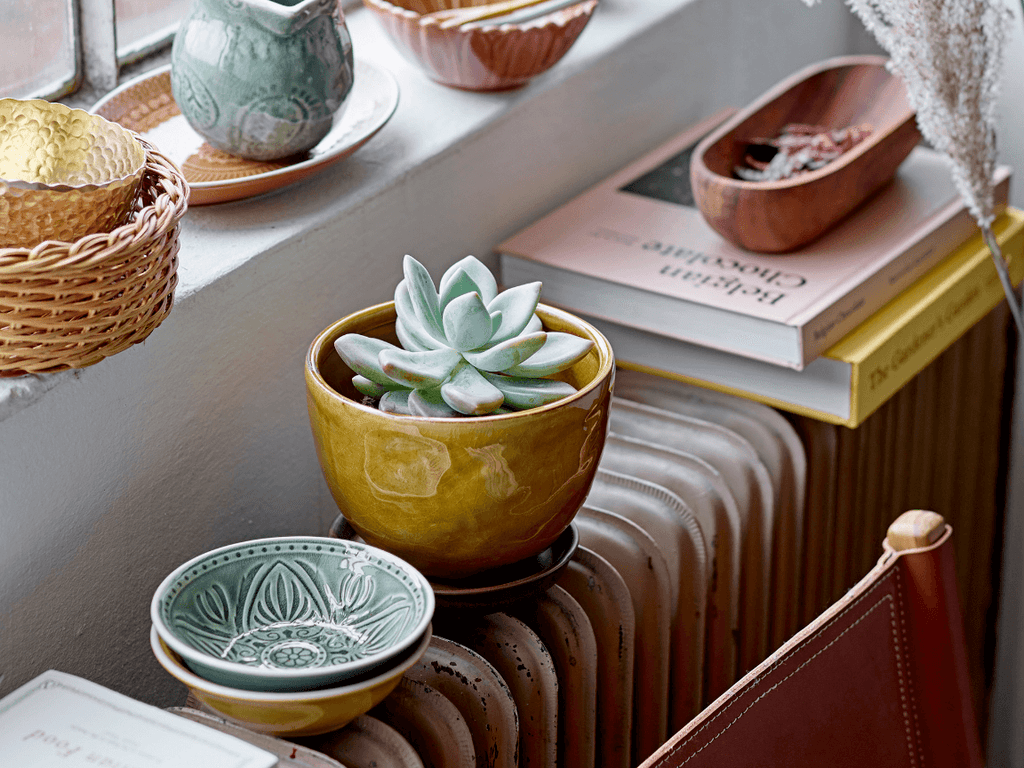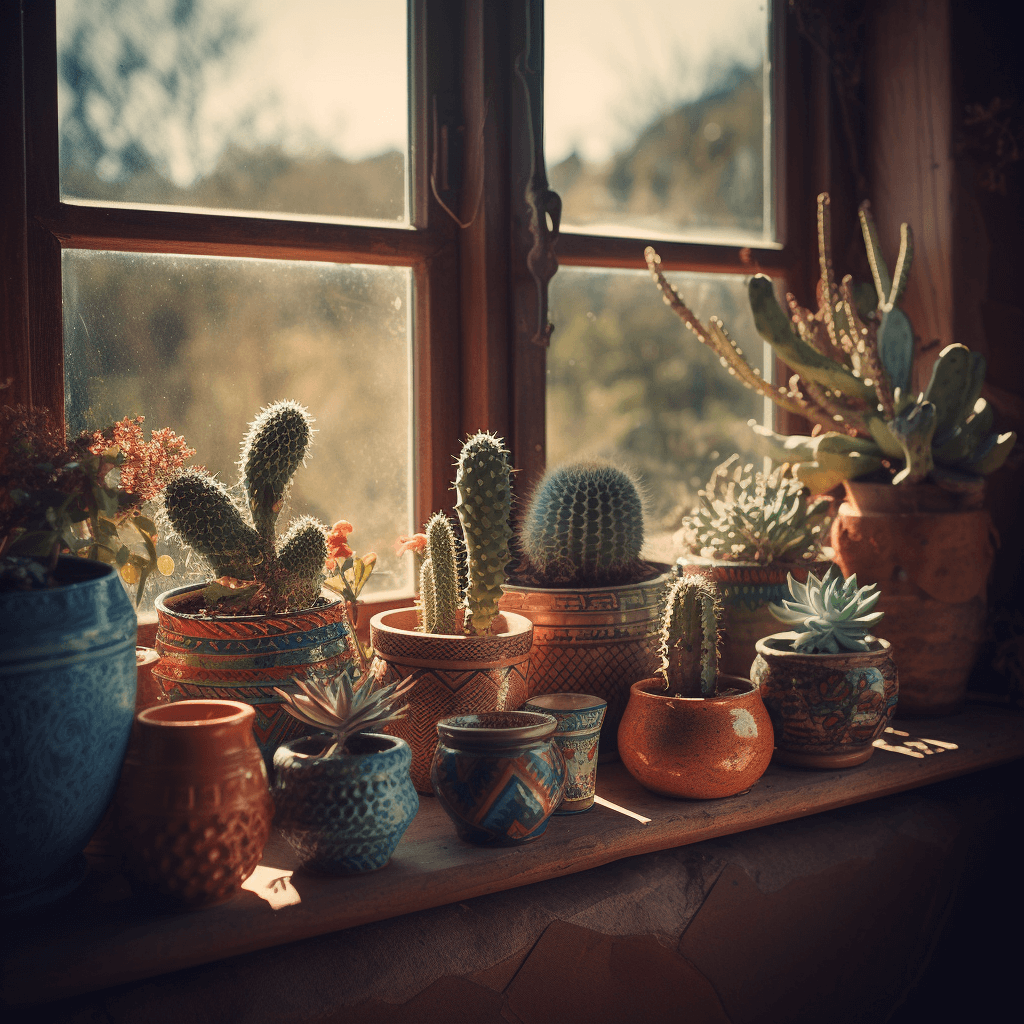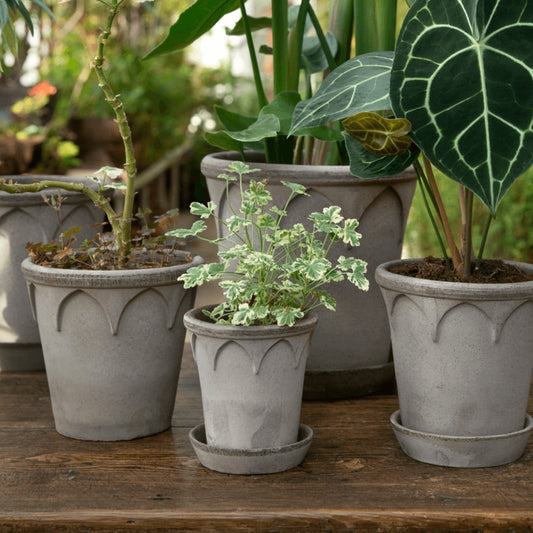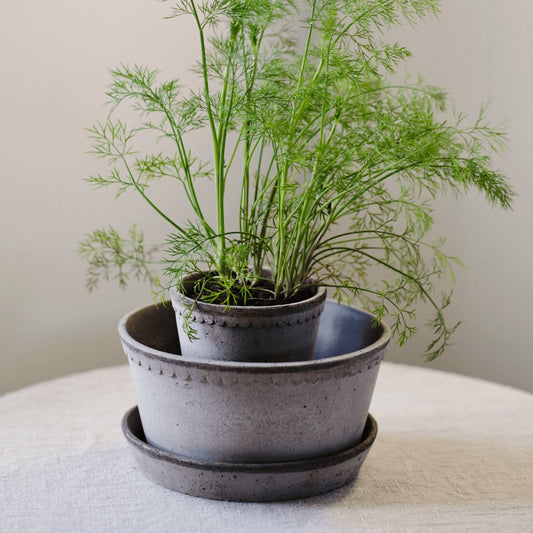Table of Contents
Choose the Right Succulents
When it comes to choosing the right indoor plants for you, succulents are a great choice. These low-maintenance plants require less care than normal plants, can go a longer time without water and the right variety can thrive in both warmer and colder climates. Whether you have a green thumb or not, choosing the right succulent for your unique needs is the best way to ensure a happy and healthy plant. Here are some of the most popular varieties of succulents, and the most important things to consider when choosing the right one for you.
Popular Succulents
| Types of Succulent | Light Requirements | Watering Needs | Size & Shape | Maintenance Required |
| Echeveria | Full to partial sun | Infrequent, deep watering | Small to medium sized rosettes, up to 12 inches tall | Moderate pruning to maintain shape |
| Cactaceae | Full sun | Infrequent, deep watering | variety of shapes, up to 6 feet tall | maintenance, avoid overwatering |
| Agave | Full sun to partial shade | Infrequent, deep watering | Large rosette shape, spiky leaves, up to 10 feet tall | Minimal maintenance, avoid overwatering |
| Aloe | Full sun to partial shade | Infrequent, deep watering | Medium to large, fleshy leaves, up to 4 feet tall | Minimal pruning, avoid overwatering |
| Kalanchoe | Full to partial sun | Infrequent, deep watering | Small to medium sized, wide variety of shapes, up to 2 feet tall | Minimal pruning, avoid overwatering |
| Jade Plant | Bright light to partial shade | Infrequent watering | Small treelike, round leaves, up to 3 feet tall | Minimal pruning, avoid overwatering |
| Ponytail Palm | Bright light to partial shade | Infrequent watering | Small to medium sized, palm-like shape, up to 6 feet tall | Minimal pruning, avoid overwatering |
| Snake Plant | Low to bright light | Infrequent watering | Medium to large, long, pointed leaves, up to 4 feet tall | Minimal pruning, avoid overwatering |
Location Matters
One of the most important things with succulents is to find the right place for them. As you've seen above, different varieties thrive with different levels of light and heat - here's a quick guide to some of the most popular places to put succulents, and what varieties these places may suit.
Windowsill
If there's one thing that healthy succulents love, it's bright, indirect light. Plopping a succulent down in a sunny spot such as a window sill will ensure that they get plenty of light so that they can grow effectively. Varieties such as the Jade Plant, Echeveria and Aloe especially love windowsills, where they can get hours of sunlight every day.
It's also worth noting that if you have a south-facing window, it's best to provide some shade for these succulents to avoid sunburn and nasty brown spots on their leaves. Having small succulent pots lining your windows is a great way to maximise this perfect space for these easy-care plants!

Indoor Rooms
Offices, bedrooms and sitting rooms can all make a great home for indoor succulents. When keeping succulents indoors, it's easier to control certain conditions (e.g. heat & light) to ensure healthy growth. With this being said, it's important to consider the light conditions of where you plan to place your plant.
Whilst varieties such as the Snake Plant can thrive with low light, it's important to ensure that wherever they are, your succulents should have adequate light. Placing them in a sunnier spot for a while before rotating them to a shadier spot is a great way to ensure that your indoor house plants avoid the nasty symptoms that can come from a lack of sunlight. Pop one in a unique succulent planter and bring some greenery & life into your indoor spaces!
Gardens, Patios and Balconies
With the right conditions, outdoor spaces such as gardens, patios and balconies can make a great home for succulent plants. Varieties such as Agaves and Echeverias can tolerate the cooler climate here in the United Kingdom, and they can even benefit from the rainfall.
The most important thing to remember when planting outside is to use well-drained soil, and to ensure that the pots can have proper drainage wherever they are. When outside, succulents can be placed in beautiful Rower pots to bring a unique touch of style to any space!
What Is the Best Soil for Succulents
The best soil for succulents is one that allows for good air circulation and prevents water logging. Given that these plants have evolved and developed to thrive in dry and arid conditions, using soil that offers effective drainage is a great way to avoid pesky root rot.
You can buy off the shelf soil mixes or you can opt to make your own and control the ratios to suit.
Succulent Soil Mix
- 50% Gardening Soil
- 20% Sand
- 20% Perlite
- 10% Charcoal
Heavier clay-based soils and garden soils can often retain too much moisture, hindering succulent's growth and encouraging root rot. It's easy enough to make your own soil blend that's custom-built for succulents by combining equal parts course sand, a well-draining potting soil and perlite. This will result in a light, breathable and porous mix that'll allow succulents to have all the moisture and drainage that they need.
Pots With Drainage
Choosing pots with ample drainage holes is one of the most important things you can do to ensure that your succulent grows sustainably and healthily, whilst helping to avoid water-logging and root rot.
Succulents have developed and evolved to survive in dry and arid conditions, so their leaves and stems have unique water storing and absorption properties. However, this means that if their roots are constantly exposed to wet soil, these tissues become damaged and can significantly harm growth.
This shows just how important correct drainage is for succulents, and choosing pots with drainage holes is the first step in ensuring that your plants have the correct conditions for success.
Succulent Watering Frequency
The last step in caring for succulents is ensuring that they get the right amount of water. An easy mistake to make is giving them the same amount of water as a regular house plant, causing them to become overwatered and hamper further growth.
How Often Should Succulents Be Watered?
There's no one-size-fits-all guide to how frequently succulents should be watered. This can depend on the type of plant, size of pot, type of soil and growing environment. However, there is one general rule of thumb that can be followed with succulents. Succulents thrive when they're watered deeply and infrequently. This means that when watering, it's best to soak the soil until water seeps out of the pot - this means that the roots have been adequately watered. And when going to water your succulent again, you should ensure that the soil is completely dry - this means that it has had time to use and drain the water, and that your succulent won't be over-watered.
Add a Charming Decorative Plant Pot to Your Home
Perhaps the easiest and most affordable ways to transform a tired living space is to add a pretty flower pot or cute succulent pots so what are you waiting for? Shop today.





